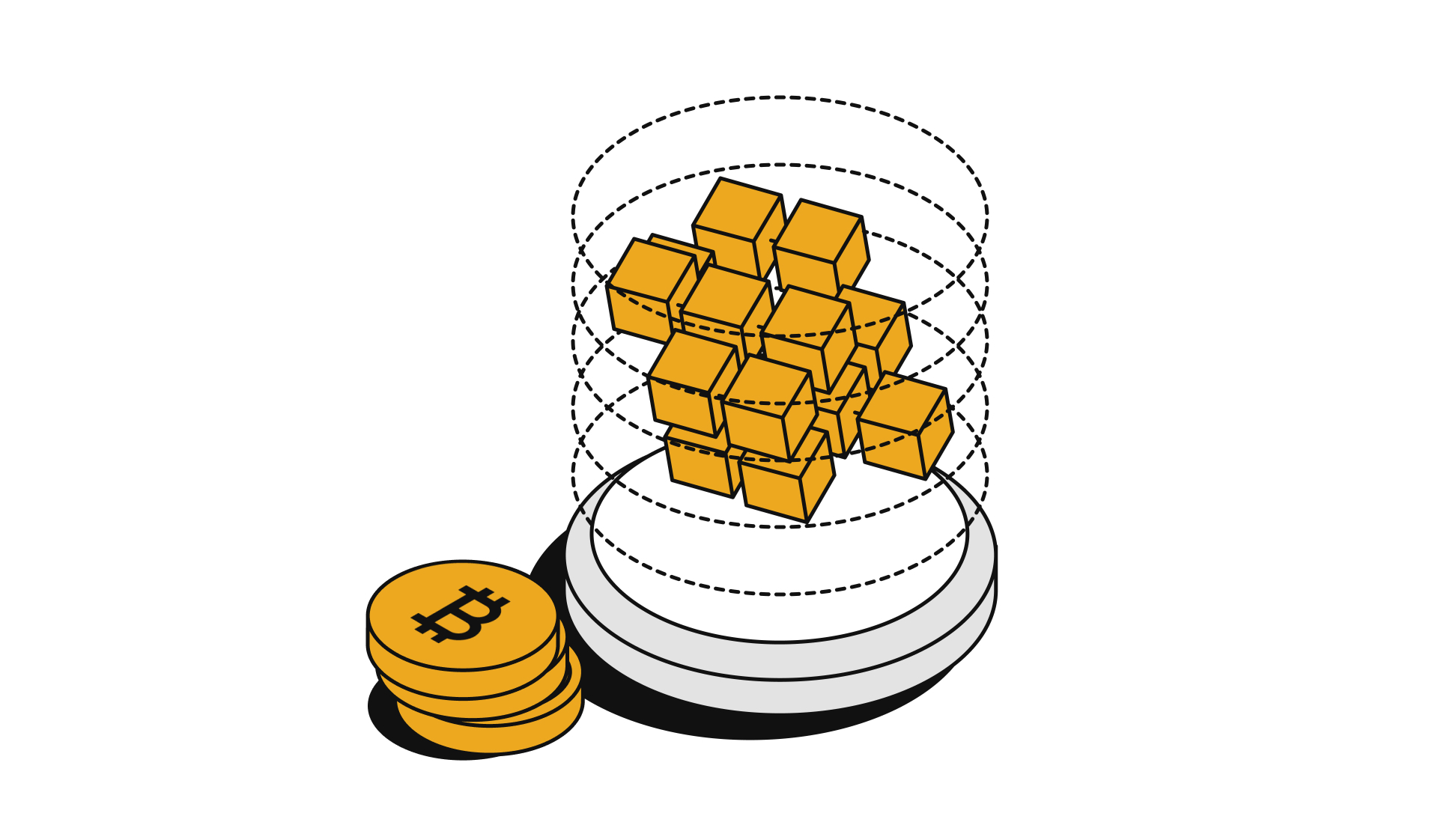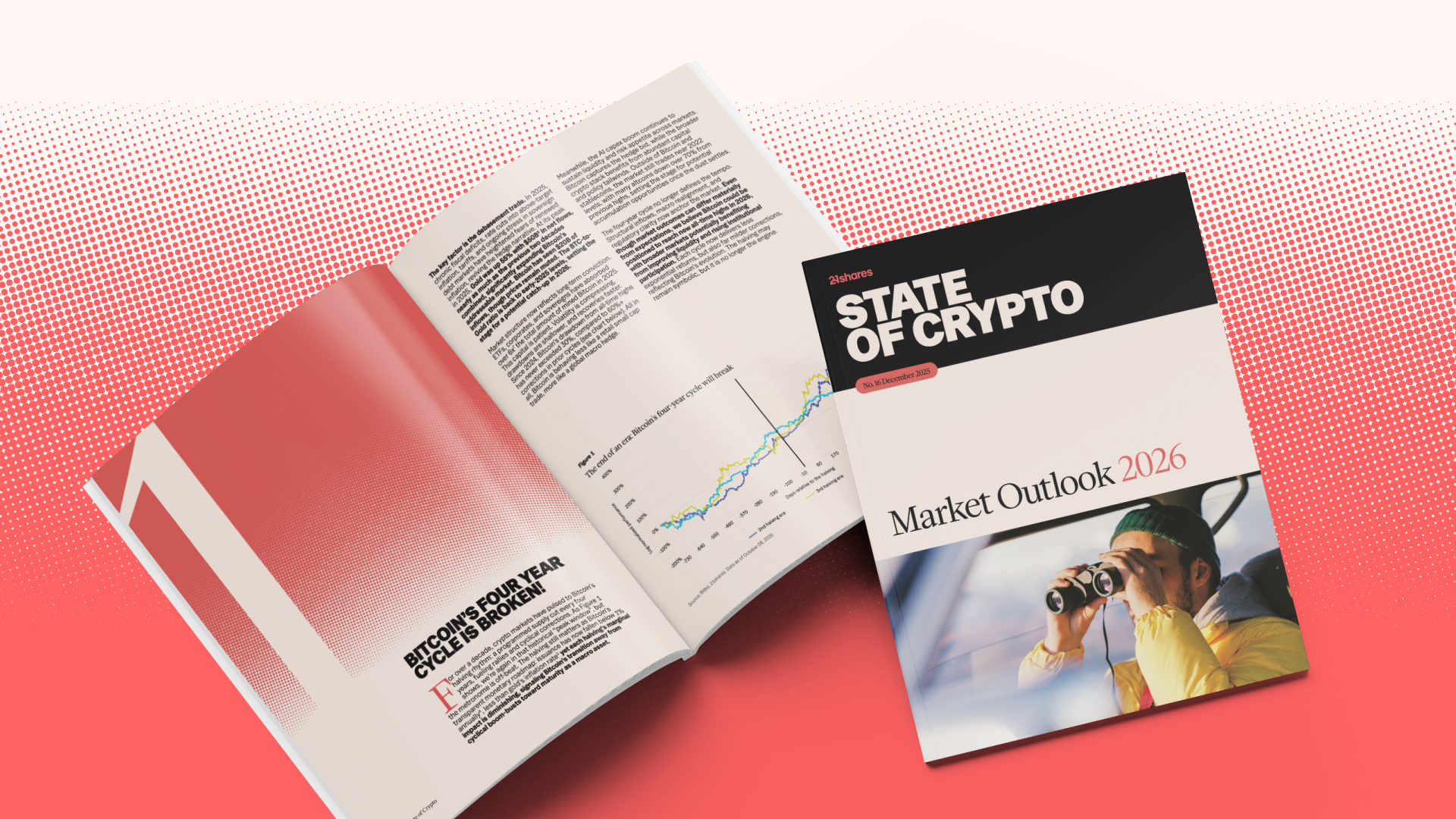Bitcoin Volatility Trends & Digital Currency Updates
.jpg)


Market Outlook
Following the market pullback over the last two weeks, Bitcoin’s rolling volatility has followed a similar trend to previous drawdowns between 2011-13. Despite this fact, the downturns in the 2011-13 periods produced significantly higher levels of volatility. Bitcoin’s rolling volatility (7-day MA) currently is sitting at around 7.5% after having peaked at 16.8% 6 days ago. This level of volatility is magnitudes lower than the peaks of 30% seen in 2013. If volatility follows historical precedent, we should expect it to dampen in the coming weeks. The possibility of further economic fallout could lead to further increased volatility across the market and in Bitcoin, however.
Bitcoin continues its resurgence following on from "Black Thursday", as of yesterday Bitcoin is up 19% from its low and seems to be following a similar trend to that of previous resurgences. Based on historical precedent, following the largest downturns Bitcoin's performance lagged over the next 100 days in both 2011 and 2013. Interestingly, 2012 was the one time where Bitcoin's price surged back from the downturn within the next 60 days and this is likely related to the 2012 Halving which occurred 3 months after the start of the drawdown. Given that, once again a Halving event is upcoming, this could signal that the 2020 curve will follow the 2012 trend.
The top five crypto assets performed as follows: BTC (19.75%), ETH (15.12%), XRP (6.35%), BCH (18.97%), and LTC (12.55%).
The average on-chain transaction volume for the top-five crypto assets is as follows: BTC ($1.82B), ETH ($372M), XRP ($136M), BCH ($85M), and LTC ($38.5M). On average the total daily on-chain transaction volume number was down from $3.83B to $2.45B.
News - China's Central Bank Is One Step Closer to Issuing Its Digital Currency | The Block
What Happened?
The People’s Bank of China (PBoC), the country’s central bank, is said to have moved one step closer to issuing its national digital currency. A Global Times report on Tuesday, citing “industry insiders,” said the PBoC appears to have completed the development of digital currency's basic function in collaboration with private companies.
The central bank is now reportedly drafting relevant laws to circulate the digital yuan. An anonymous industry insider told the Global Times that Alipay’s recent patents revolve around the basic function of digital currency, including circulation, payment, and issuance.
Why Does It Matter?
On an infrastructural and technological level, China's digital currency project seems to be nearly complete. Given the authoritarian nature of the Chinese government, it will likely be considerably easier to pass the relevant laws to begin circulating the digital yuan.
Coronavirus has hastened calls in West for the adoption of digital currencies — for example, in the United States the Coronavirus stimulus bill pushed by House Democrats includes a plan for "Digital Dollar".
Learn more here.
News - Tezos Foundation to Settle All Class Action Lawsuits | The Block
What Happened?
Tezos Foundation announced that it has entered into a settlement of all class-action lawsuits. The settlement, if approved by the court, will conclude the blockchain project's prolonged Class Action dispute over its $232 million initial coin offering (ICO).
Why Does It Matter?
This could present a massive step forward for Tezos, as the threat of the ongoing lawsuits presented a massive threat to the success of Tezos — as we mentioned in our investment thesis. In addition, it drives home the point we have made in previous editions that well-capitalized crypto asset projects that launched token sales, such as EOS and Tezos, may be able to avoid large amounts of regulatory repercussions by deciding to settle legal claims rather than fight them, as Kik did.
Learn more here.
Disclamer
The information provided does not constitute a prospectus or other offering material and does not contain or constitute an offer to sell or a solicitation of any offer to buy securities in any jurisdiction. Some of the information published herein may contain forward-looking statements. Readers are cautioned that any such forward-looking statements are not guarantees of future performance and involve risks and uncertainties and that actual results may differ materially from those in the forward-looking statements as a result of various factors. The information contained herein may not be considered as economic, legal, tax or other advice and users are cautioned to base investment decisions or other decisions solely on the content hereof.

.jpg)














